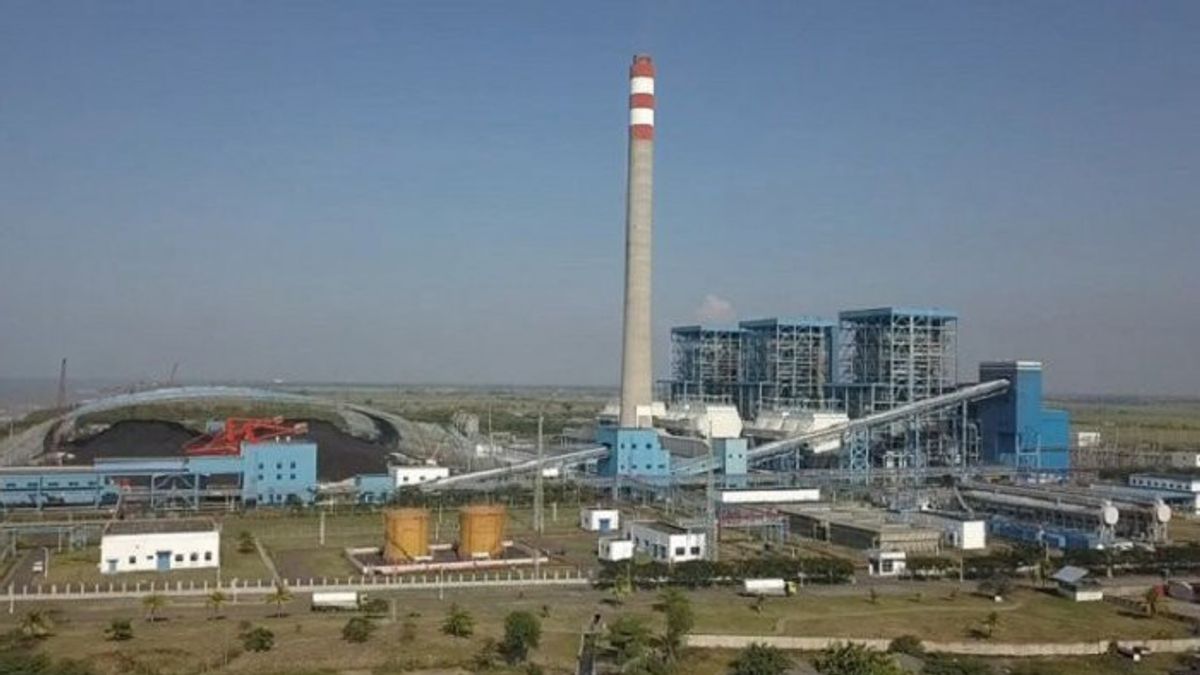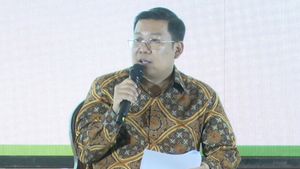JAKARTA - Institute for Energy Economics and Financial Analysis (IEEFA) analyst Putra Adhiguna suggested that the Indonesian government be careful in estimating the overall cost of Carbon Capture, Utilization and Storage (CCS/CCUS). This is because this technology consumes a significant amount of energy, the emissions of which also need to be calculated.
Putra said, in Southeast Asia, this is very important given the lax emission standards that may require additional equipment for the use of CCUS.
"It is very important to note that the use of CCUS in power plants will be able to reduce electricity generation capacity, even more than 20-30 percent," he said in the discussion 'Dissecting the Economic Value of Carbon Storage Technology for the Energy Sector' which took place virtually, Tuesday, April 26 .
According to him, an increase in electricity costs of 6-9 cents/kWh even more is possible. Although currently the price of energy storage batteries is still in tight competition, the projected decline in prices for renewable energy and electricity storage looks more promising than CCUS.
Furthermore, he said, CCUS has a very varied range of applications, such as for gas processing to power generation, and each has a different maturity level and cost.
"In submitting the existing plan, it must be clear which type of CCUS will be applied because without clarity, this can lead to confusion in public understanding," he explained.
Meanwhile the cost of CCUS varies from under US$50 to more than US$100 per tonne of carbon dioxide (CO2) captured.
According to Putra, so far there have been claims that have created confusion in the public that CCUS costs for power generation continue to fall. In fact, these claims are mostly study-based, and raise a lot of questions following the closure of the flagship CCUS electricity project in the United States.
In 2021, he continued, the US closed the Petra Nova CCUS project in Texas for economic reasons after only three years of operation. The US$1 billion CCUS installation project has received US$190 million in US government funding, but has failed to operate.
"The cost for using the CCUS is very large considering that its use is 'only' for coal-fired power plants with a capacity of 240 MW," he said.
Meanwhile the European Union has spent at least 424 million euros with 'progress not as planned', as stated by the European Court of Auditors. While most countries in Southeast Asia will likely not be able to provide large public funds to support the development of CCUS.
With high costs, he said, the projected development of CCUS is very likely to be different from other renewable energy technologies that can be produced in units and at lower costs.
"Developing and gradually repairing a wind turbine worth US$3 million to US$4 million is very likely to be easier than the CCUS trial project which costs hundreds of millions of dollars," Putra said.
Meanwhile, he said, the three potential leaders of the CCUS project in Asia, namely China, Japan, and South Korea, still have a lot to catch up on.
"The development of CCUS in these three countries is important, especially following the rapid departure of the United States from coal, and perhaps their attention to CCUS PLTU, which is the largest part of the electricity mix in Southeast Asia," he concluded.
The English, Chinese, Japanese, Arabic, and French versions are automatically generated by the AI. So there may still be inaccuracies in translating, please always see Indonesian as our main language. (system supported by DigitalSiber.id)













